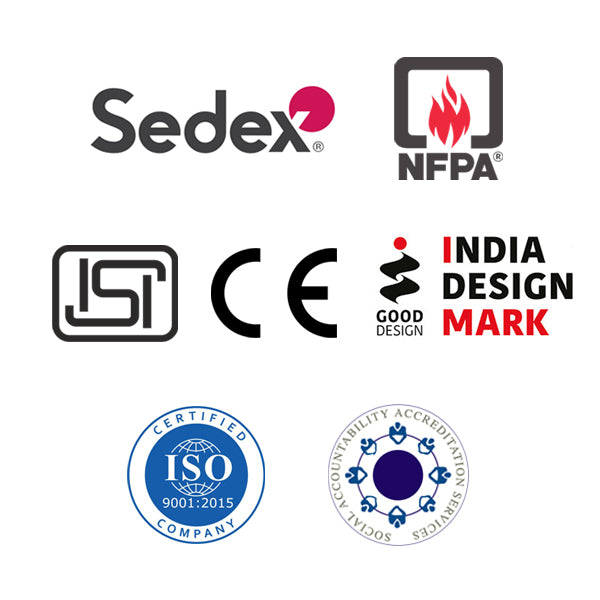N1302D
Share
Knitted Gloves
- Lightweight knitted gloves with excellent resistance to abrasion and enhanced grip.
- 100% Nylon, 580 gms/dzp
- Available in gauge 13
- PVC dotted seamless gloves
Reinforced
Cut Resistant
Dexterity
Knitted Wrist
CE
Delivery & Services

Easy Return
with our 15 days return poicy
Regular price
Rs. 0
Sale price
Rs. 0
Regular price
Tax included.
Shipping calculated at checkout.
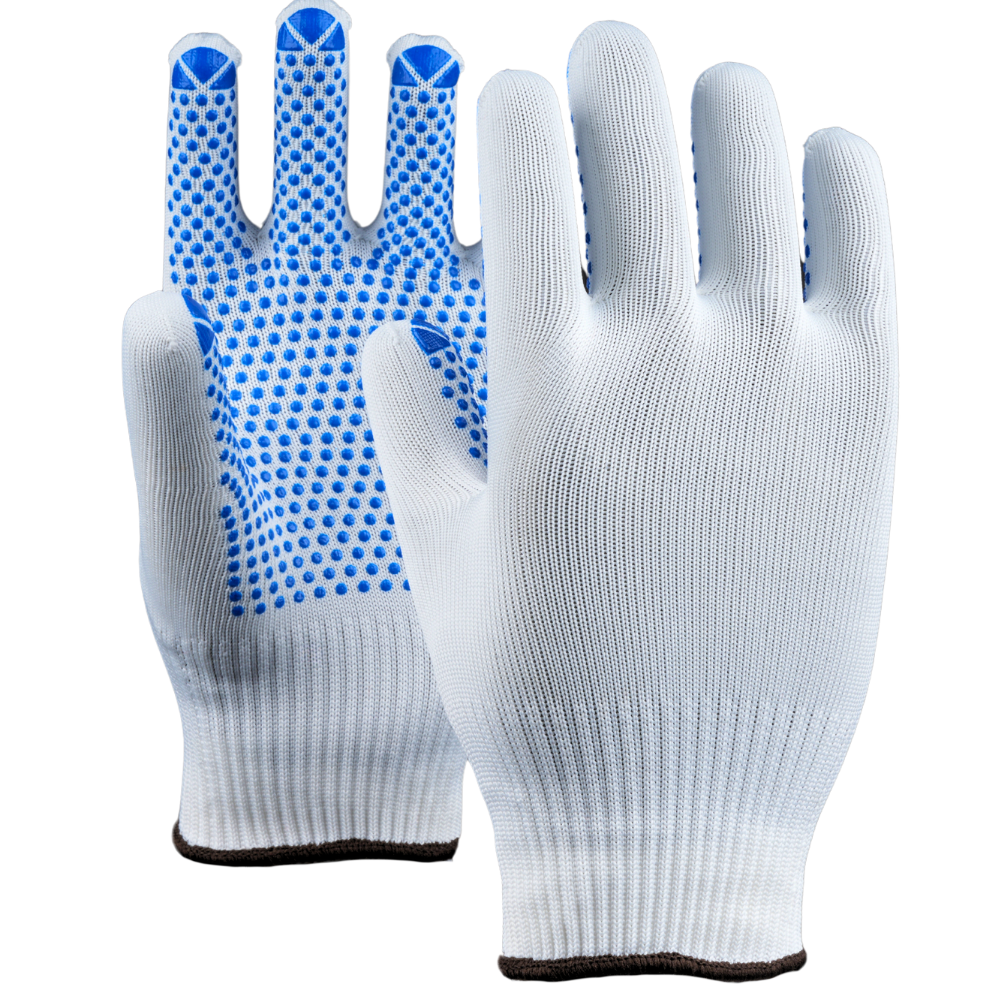

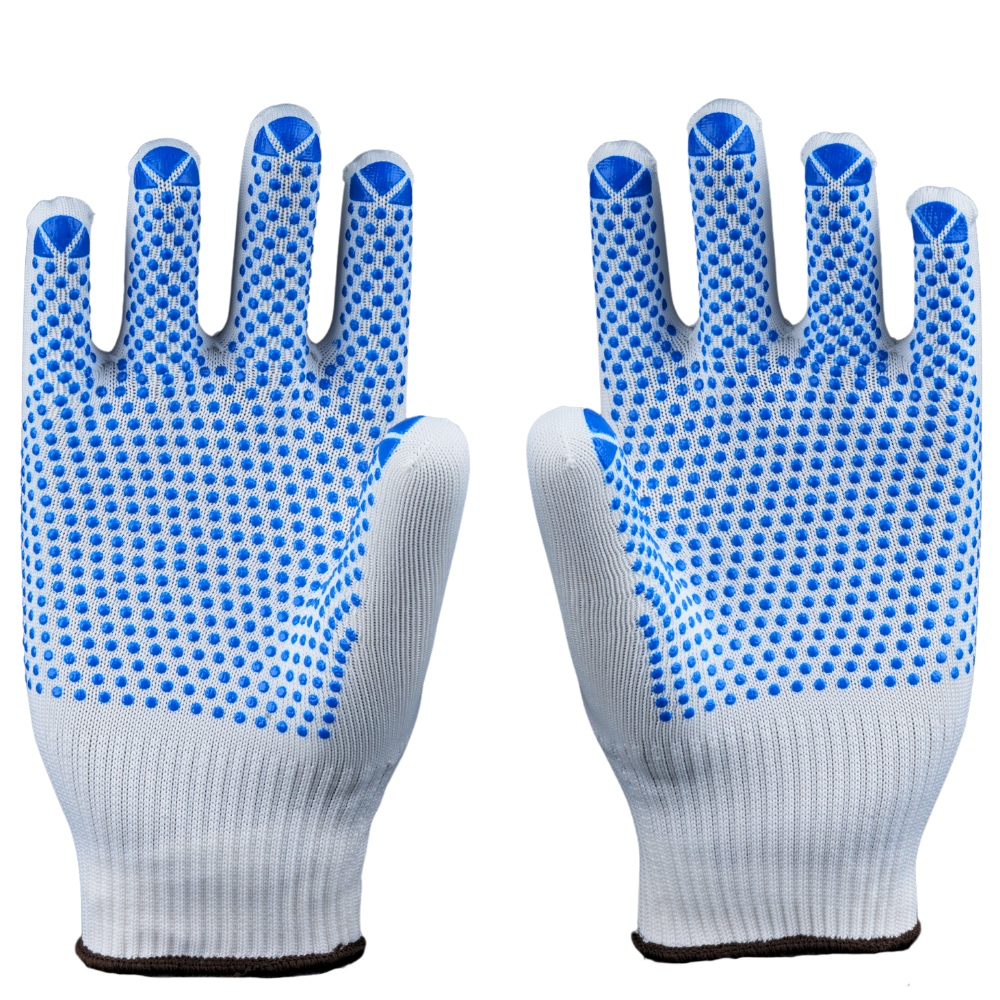
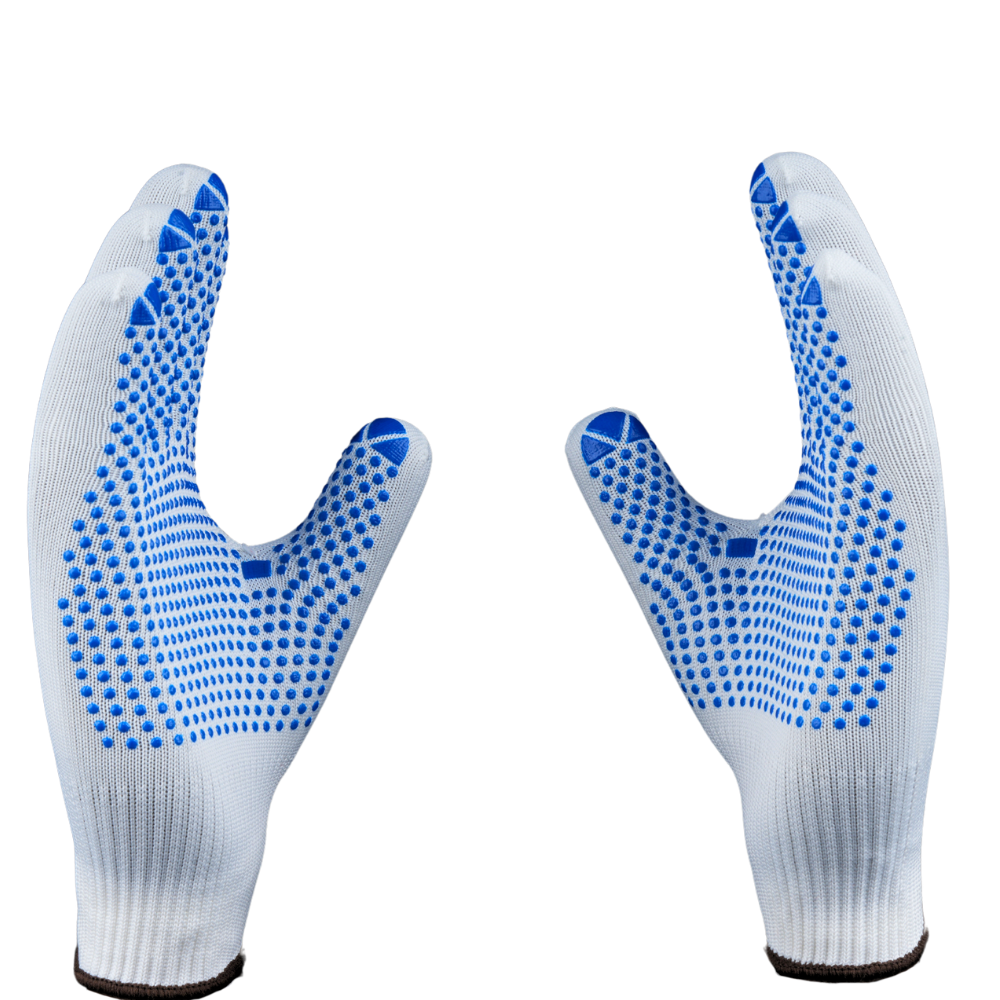
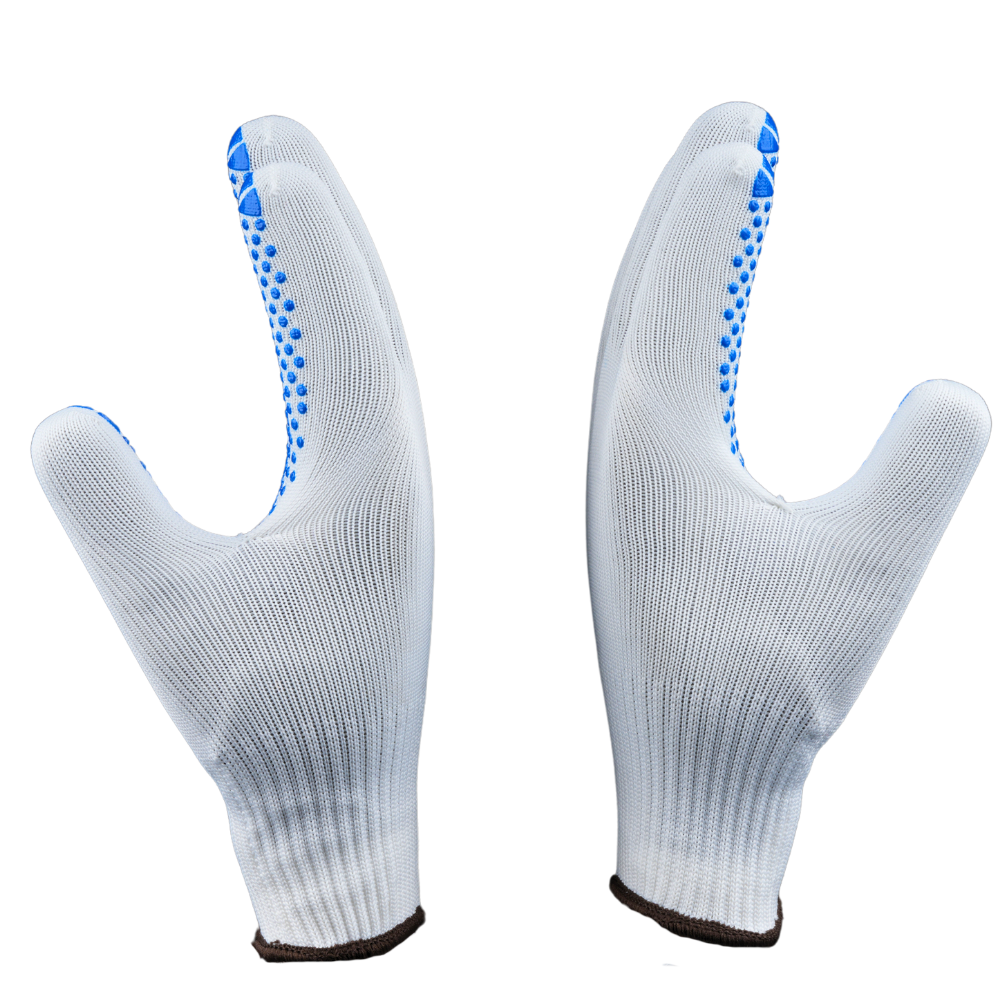
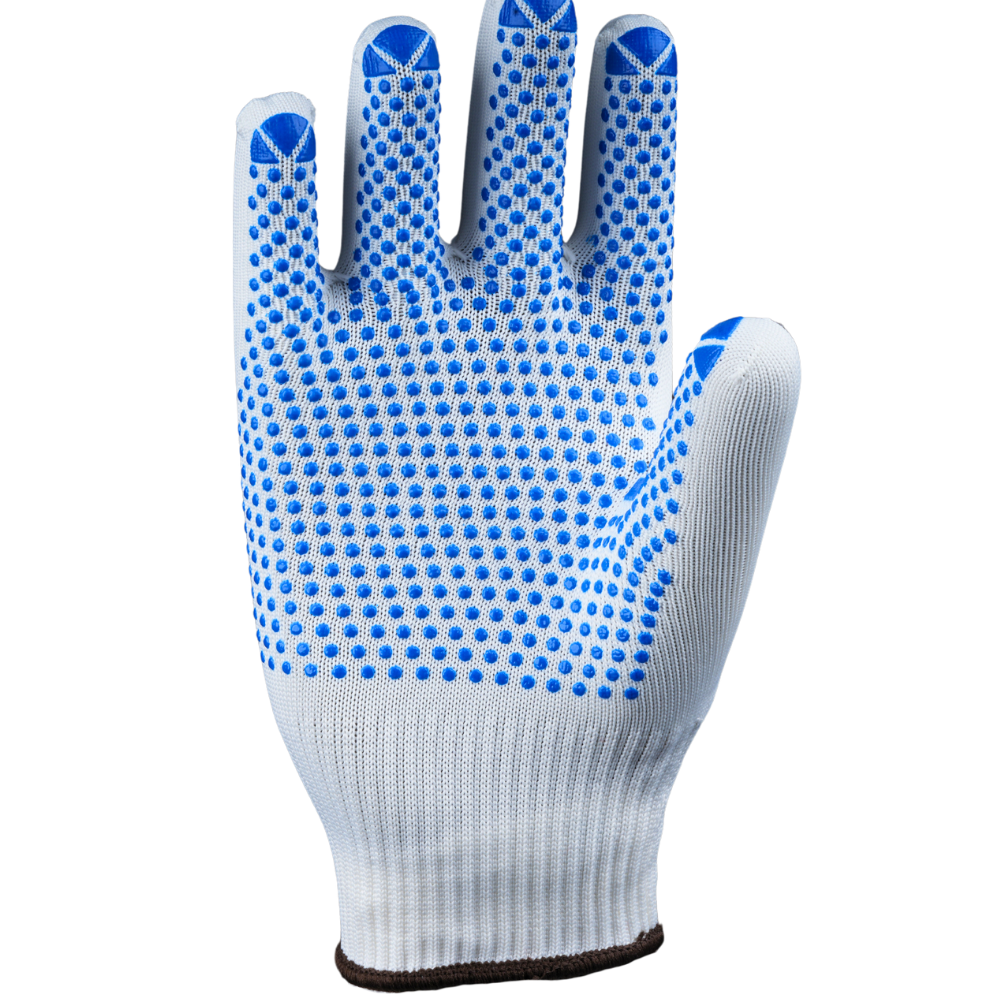

ABOUT THE DESIGN
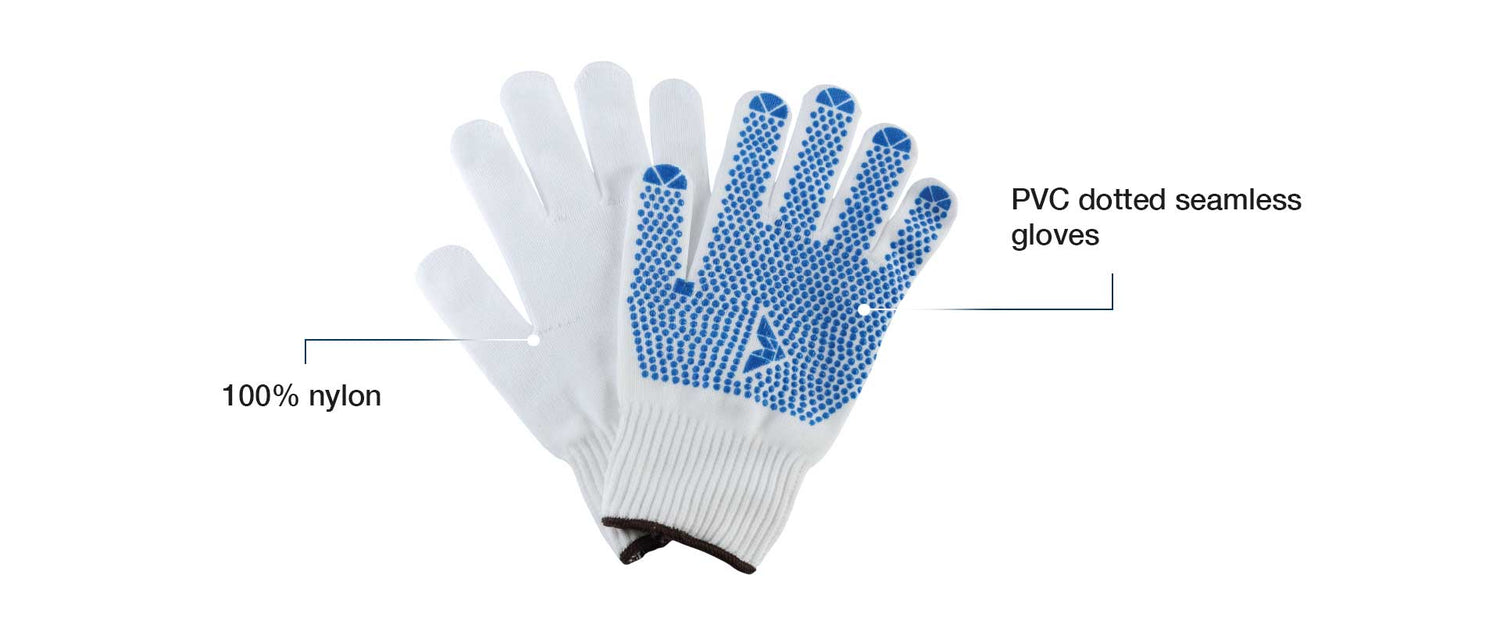
USEFUL IN THESE INDUSTRIES
AUTOMOBILE
LOGISTICS
MAINTENANCE
MATERIAL HANDLING

Product Features
ABOUT THE DESIGN
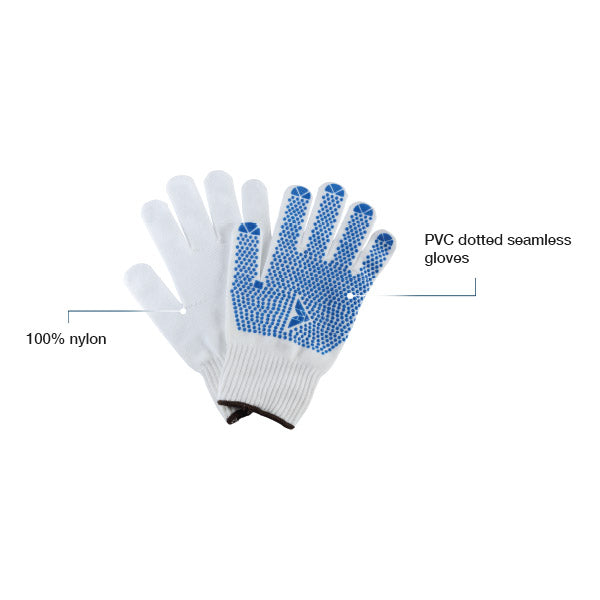
USEFUL IN THESE INDUSTRIES
AUTOMOBILE
LOGISTICS
MAINTENANCE
MATERIAL HANDLING
Product Details
